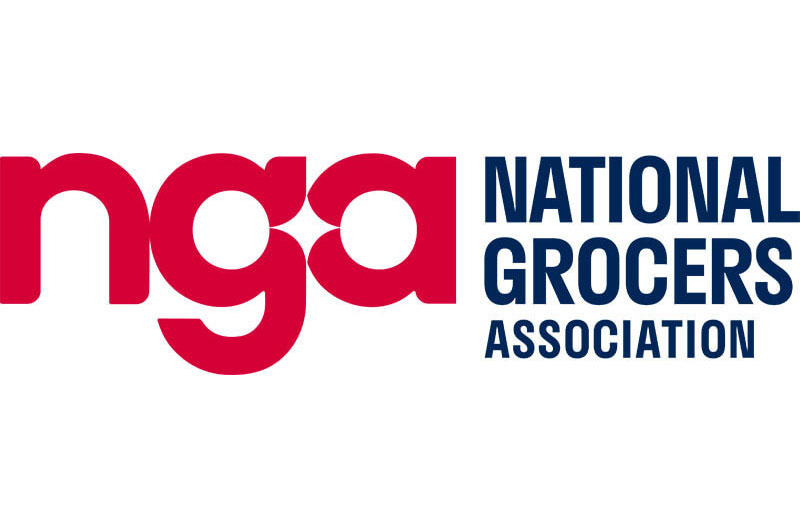Sustainability and store benchmarking can drive operational efficiencies and profit for independent grocers. Infrastructure projects designed to enhance a grocer’s energy efficiency may be eligible for USDA Rural Energy for America Program (REAP) grants.
The Ratio Institute’s benchmarking process can provide insights into existing best sustainability workplace practices and potential practices to employ.
A recent webinar hosted by NGA and the Ratio Institute explored the process and detailed the impact in profit improvement and avoided emissions, and explained how to use Ratio’s benchmarking report to develop profit-enhancing projects and apply for REAP funding. The discussion was led by Jonathan Tan and Peter Cooke, co-founders of the nonprofit Ratio Institute.
Here are some key takeaways from the discussion:
What is benchmarking? It’s a process that helps to quantify the value of sustainability and reveal where grocers can make improvements to use resources more efficiently. It’s basically an energy audit.
What’s involved? Ratio’s team analyzes store performance by tracking how a store uses energy and water and generates waste. Then, they determine existing best practices, what needs to be improved and how systems should be upgraded to maximize operational sustainability. Those upgrades may quality for REAP funding.
Who can apply for REAP? This grant is intended for stores in communities of fewer than 50,000 people. To determine if your store location qualifies, see the USDA eligible rural area map.
How may I use the funds granted? Funds may be used for the purchase, installation and construction of energy efficiency improvements such as high-efficiency heating, ventilation and air conditioning systems; insulation; lighting; cooling or refrigeration units; doors and windows; electric, solar or gravity pumps for sprinkler pivots; switching from a diesel to electric irrigation motor; and replacement of energy-inefficient equipment. Qualifying retailers can also use the program funds to purchase and install renewable energy systems.
How much funding is available? Energy-efficiency grants range from $1,500 to $500,000 per site. The USDA has guarantees on loans up to 75 percent of total eligible project costs and grants for up to 50 percent of total eligible project costs. Combined grant and loan guarantee funding can cover up to 75 percent of total eligible project costs.
Click here for a fact sheet on the USDA REAP grant program.
For more information about how to use the Ratio Institute’s benchmarking process at your business, contact [email protected].
To hear more exclusive insights, view a recording of the webinar at https://attendee.gotowebinar.com/recording/4789013487782479277.

